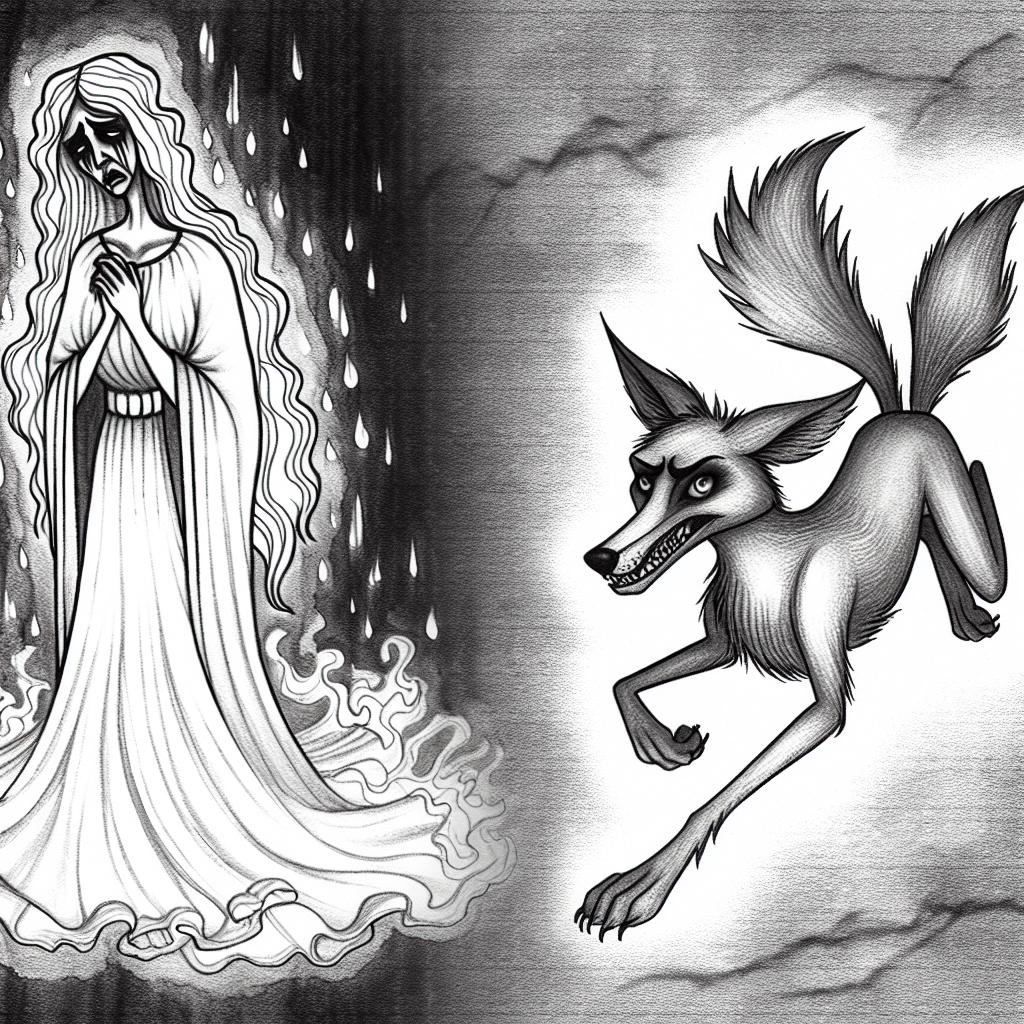Understanding Mexican Folklore and Legends
Mexican folklore and legends form a rich tapestry of cultural narratives that unravel the diverse heritage of the country. Rooted deeply in indigenous myths, colonial history, and inclusive of modern tales, these stories provide invaluable insights into the ever-evolving identity of Mexico. They not only depict the socio-cultural dynamics over centuries but also the ideology, fears, and aspirations of the people residing in this vibrant nation.
The Roots of Mexican Folklore
The origins of Mexican folklore are intricately tied to the indigenous civilizations that thrived in the region long before the European conquest. With contributions from the Aztecs, Mayans, and other notable cultures, this folklore continues to inspire and influence the cultural fabric of modern Mexico. The stories are rich with themes encompassing deities, cosmic creation myths, and ethical lessons, each differing slightly in context and interpretation across various communities.
The Aztecs, for instance, brought forth intricate tales like the legendary creation story involving Quetzalcoatl, the feathered serpent god, while the Mayan tales often revolved around the intricate inner workings of nature and the cosmos, spotlighting figures like Kukulcán. These stories not only imbue a collective sense of identity but also played roles in rituals and societal structure.
The Legend of La Llorona
One of the enduring legends in Mexican folklore is the story of La Llorona, commonly known as “The Weeping Woman.” It is said that a beautiful woman drowned her children in a river in a moment driven by rage and is now condemned to roam the earth in sorrowful lamentation. Frequently heard near bodies of water at night, her cries signify her eternal quest and punishment. The tale serves as a profound morality lesson on the destructive nature of uncontrolled emotions, embedding itself deeply in the cultural psyche, frequently shared as ghost stories around campfires and in bedtime stories.
For those interested, more exploration can be undertaken here for varied interpretations and renditions of La Llorona across Mexico and the rest of Latin America.
El Chupacabra
El Chupacabra, a more contemporary legend, emerged in the latter part of the 20th century. Described usually as a monstrous creature infamous for attacking livestock, particularly goats, tales of El Chupacabra have fueled numerous regional fears and superstitions. Although varied explanations and skepticism exist, the legend has managed to captivate imagination and trigger widespread debates about its origin and existence.
El Chupacabra represents a modern-day monster myth that reflects societal apprehensions and inspires creativity. To delve deeper into discussions and the evolving interpretations of El Chupacabra, interesting essays can be found here that provide sociocultural contexts.
Cultural Significance
The legends such as La Llorona and El Chupacabra highlight the substantial cultural value placed on storytelling in Mexico. Folk tales operate not merely as forms of amusement but serve as vital vehicles of history, tradition, and societal norms. Professing cautionary tales insists on moral introspection while preserving the essence of Mexico’s historical and cultural journey.
Such legends undergo evolution, incorporating modern elements that either reinforce or re-evaluate their original messages, demonstrating the dynamic nature of cultural storytelling. They adapt to contemporary issues and incidents, continually offering Mexicans, and audiences worldwide, platforms for reflection and connection to their heritage. For those eager to further investigate the wealth of Mexican folklore, numerous cultural analyses and narrative recordings can be explored here.
Modern Interpretations and Adaptations
Modern interpretations of these legends have found new life across diverse media forms, from literature to films, and visual art, propelling them into global popular culture. They not only reflect original sentiments and fears but adapt to modern contexts that resonate with new generations. For instance, the story of La Llorona has inspired numerous films and books around the world, interpreting her agony within varied cultural contexts, thereby spreading its universal appeal and increasing its relevance.
Moreover, in the realm of digital storytelling, folklore traditions find new vigor, becoming interactive experiences in video games and digital comics, wherein players or audiences partake and influence the narrative, offering brand-new experiential dimensions to these time-honored tales.
The Role of Storytelling in Contemporary Society
Storytelling in Mexican society today continues to hold an integral role. As education pivots to more inclusive perspectives, imparting folklore in schools supports the sustained appreciation of cultural heritage among younger generations. Folklore not only addresses moral questions but serves as a binding agent that encourages communal learning, bridging familial and communal history with personal identity in increasingly changing societal landscapes.
Festivals and cultural exhibitions dedicated to folklore further uphold the importance of these narratives, reinforcing communal ties and embracing diversity within national borders and beyond. To experience firsthand some of these vibrant celebrations and their significance, useful resources and schedules can be found here.
In conclusion, the rich heritage of Mexican legends and folklore symbolizes a sprawling cultural panorama, nursing centuries of profound thought, emotion, and societal values. As these stories evolve, they continue inspiring not only Mexicans but audiences worldwide to reconnect with fundamental life themes, enrich cultural appreciation, and embolden shared human experiences.







